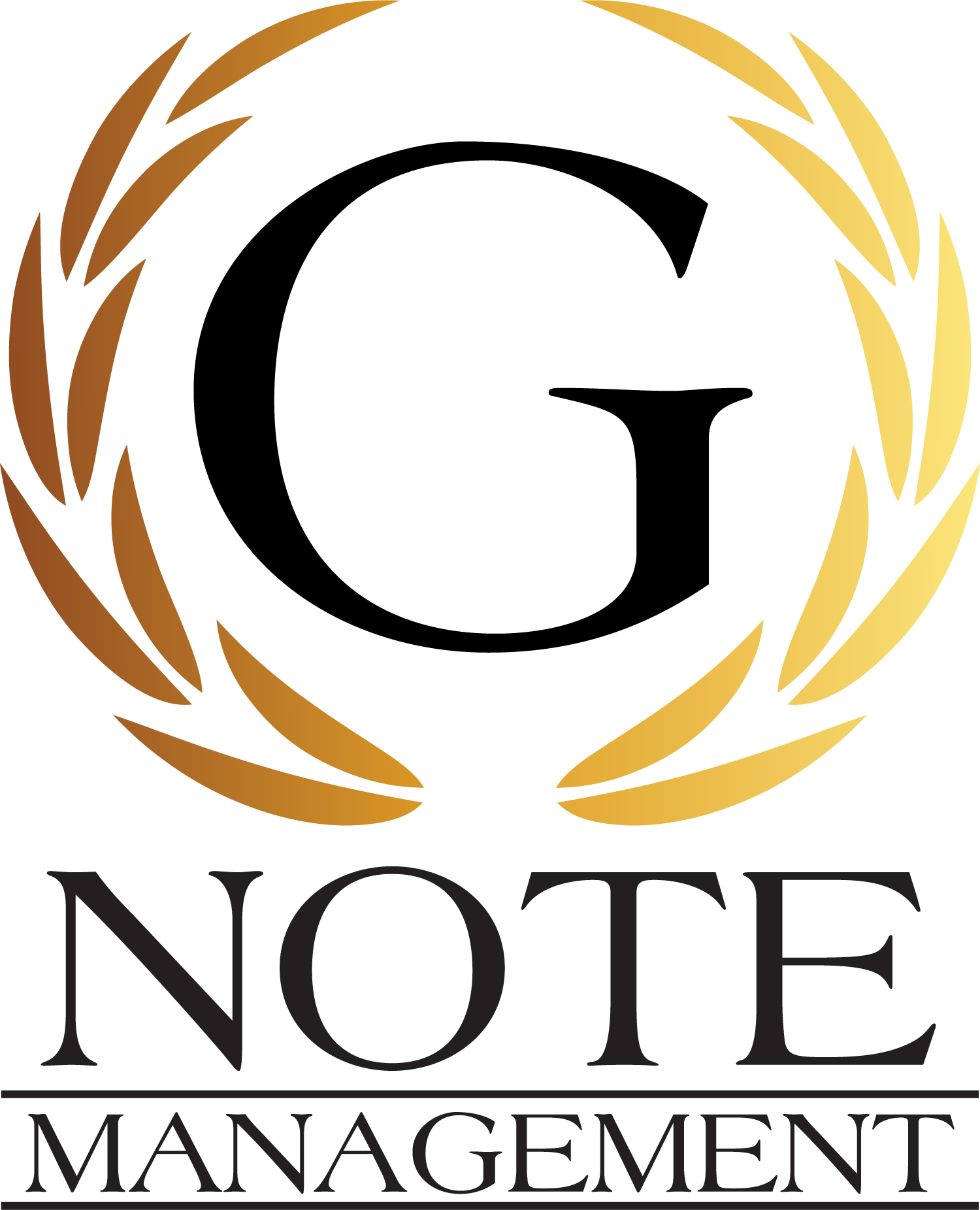As we enter 2025, organizations face unprecedented opportunities to reshape their workforce through strategic professional development. Recent studies show that companies investing in comprehensive employee development programs see a 218% higher income per employee compared to those with minimal training initiatives. Let’s explore how your organization can transform through purposeful professional development.
- Setting Meaningful Professional Development Goals
The key to successful professional development lies in setting goals that align with both organizational objectives and individual aspirations. According to McKinsey’s 2024 Workplace Learning Report, companies that regularly assess and align their professional development goals see a 34% higher employee engagement rate and a 28% increase in productivity. Let’s explore the key components of effective goal setting:
Start by:
Conducting organizational needs assessments
Before implementing any development program, it’s crucial to understand your organization’s current capabilities and gaps. Recent studies show that companies conducting quarterly needs assessments are 45% more likely to meet their annual performance targets.
This process involves analyzing current performance metrics, gathering feedback from all organizational levels, and identifying specific areas where skill development could drive business improvement. Our recent client survey indicates that organizations using structured needs assessments see a 52% higher return on their training investments.
Aligning development goals with business strategy
Professional development goals must directly support your organization’s strategic objectives. According to Harvard Business Review, companies with aligned development and business strategies show 37% higher revenue per employee. This alignment ensures that every training dollar spent contributes to organizational success. Statistics show that 68% of employees are more likely to stay with employers who provide strategically aligned development opportunities, resulting in a 43% reduction in turnover costs.
Creating SMART objectives for each team member
Specific, Measurable, Achievable, Relevant, and Time-bound objectives provide clear direction for individual development. A recent Deloitte study reveals that employees with SMART development objectives are 63% more likely to achieve their goals compared to those with general objectives. The data shows that teams using SMART objectives demonstrate a 41% higher project success rate and report 57% higher job satisfaction levels.
Establishing clear timelines and milestones
Well-defined timelines and milestones are crucial for successful development programs. Research indicates that organizations with structured development timelines see a 49% higher completion rate for training programs. According to the Association for Talent Development, companies that set and track specific milestones in their development plans achieve 32% better results in skill acquisition and demonstrate a 27% higher rate of successful skill application in the workplace.
Recent research indicates that organizations with clearly defined development goals experience 40% higher employee retention rates.
- Identifying Skill Gaps in Today’s Business Landscape
The rapid evolution of business technologies and practices has created new skill requirements.
Priority areas for 2025 include:
- Digital literacy and technological adaptation
- Data analysis and interpretation
- Remote team management
- Cross-cultural communication
- Emotional intelligence
Our recent client survey revealed that 73% of businesses struggle to identify and address skill gaps effectively. Professional assessment tools and expert consultation can help pinpoint these crucial areas for development.
- Creating Actionable Development Plans for Teams
Transform goals into reality with structured development plans:
- Assess current team capabilities
- Define specific learning objectives
- Select appropriate training methods
- Create implementation timelines
- Establish progress monitoring systems
- Leveraging Training Opportunities for Career Growth
Maximize development impact through diverse learning approaches:
- Customized workshop sessions
- One-on-one coaching programs
- Virtual learning platforms
- Peer mentoring initiatives
- Cross-departmental projects
Organizations utilizing blended learning approaches report 60% better learning outcomes compared to single-method training.
- Measuring Professional Development Success
Track the impact of your development initiatives through:
- Performance metrics
- Skill assessment scores
- Employee satisfaction surveys
- Project success rates
- Return on training investment
Our clients typically see a 150% return on their professional development investments within the first year.
Moving Forward
As we navigate 2025, professional development isn’t just about acquiring new skills – it’s about transforming your workforce to meet future challenges.
Our team of expert consultants can help you:
- Design customized development programs
- Implement effective training strategies
- Monitor and measure success
- Adjust approaches based on outcomes
Ready to transform your workplace through strategic professional development? Contact our team to schedule a consultation and discover how we can help you achieve your organizational goals in 2025.
Next Month: Watch for our follow-up piece on “Top Business Competencies for 2025” where we’ll dive deeper into specific skills your team needs to thrive in today’s business environment.


